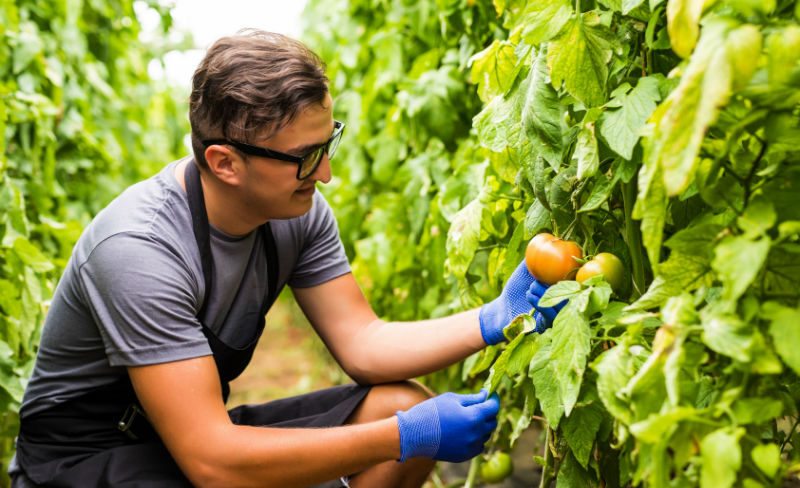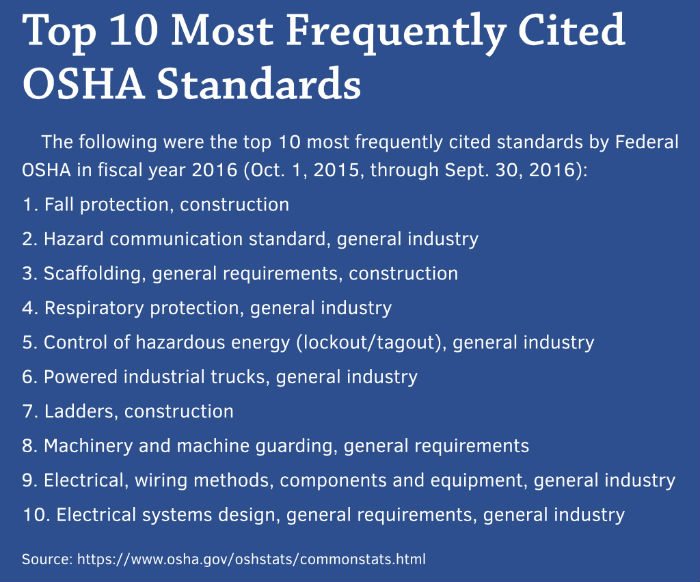
Cultivating Worker Safety
People working in glass houses shouldn’t throw stones — or ignore risks.
Greenhouse operators relying on common sense is the single biggest pitfall seen by Zach Bruce, safety services manager for Hortica, a brand of the Sentry Insurance Group.
“Many agricultural operators think that employees should inherently know how to do a task safely and therefore employees don’t receive proper training,” he says. “Just because something seems simple or the operator feels that everyone should just know how to do something doesn’t mean that employees don’t need to be trained on safe procedures to complete the job/task.”
Fall hazards, respiratory protection during chemical applications and electric wiring are valid concerns for greenhouse operators — whether it is for controlled environment agriculture or ornamentals. One difference between the two sectors is that growers producing edibles also should educate workers about food safety, food handling and hygiene procedures, Bruce says.
The benefit of managing risk almost always outweighs the cost.
While many of the tasks associated with worker safety may seem time-consuming and costly, managers should consider the greater cost of accidents.
These costs often extend beyond direct costs such as workers’ compensation payments, medical bills and legal services. Indirect costs may include hiring temporary employees, lost productivity and quality disruptions, says Debbie Michel, who leads the area of Liberty Mutual that provides workers compensation and other insurance coverages to companies. U.S. companies spend more than $1 billion a year on serious workplace injuries, according to the Liberty Mutual Insurance Workplace Safety index.
The Occupational Safety Act contains many detailed rules about workplace safety, but every United States employer is bound by the act’s general code to provide “employment and a place of employment which are free from recognized hazards that are causing or are likely to cause death or serious physical harm to his employees.”
Common Greenhouse Safety Risks
Greenhouse production has many of the same worker safety issues as other agricultural operations, for example the guarding of farm field equipment, chemical exposure, powered hand tools, heat stress and insect bites, says Nella Davis-Ray, Consultation and Education Training (CET) Division director of Michigan Occupational Safety & Health Administration (MIOHSA).
“What’s unique or different about greenhouses is the ‘under cover’ aspect,” Davis-Ray says. “The application of pesticides, herbicides, etc. in an enclosed environment increases the potential for worker exposure to air contaminants.
“Gas-powered equipment operated in an enclosed environment can pose a carbon monoxide issue.”
“Other ‘under cover’ hazards include trip-and-fall hazards due to wet, slippery floors; and, electrical, especially too much temporary wiring, blocked panels, damaged cords and hazardous wiring,” Davis-Ray says.
MIOSHA Senior Occupational Safety Consultant Deborah Gorkisch says that some electrical risks arise when greenhouse workers “daisy-chain” electrical cords together, use broken cords or cords without a ground wire, or block access to a facility’s breaker box.
A common risk Gorkisch sees is greenhouse workers using a forklift-hoisted pallet as an elevated platform for adjusting equipment. That kind of work requires an OSHA-approved forklift basket with side rails, a capacity rating, sleeves for the forklift tines, and secured to the forklift mast, she says. Workers also need to be safely tied off with a harness when working at a height on a structure.
Fall risks are a high priority for MIOSHA enforcement, Gorkisch says. In 2016, about half of the state’s 43 fatal workplace accidents occurred as a result of falls. Nationally, the most-frequently cited OSHA standard is the duty to provide fall protection during construction.
Preventing Risk
Signs are just one part of an effective worker safety program.
“Signage can help to some extent but after a while they blend in and employees don’t necessarily look at them,” Bruce says. “If signs are going to be used it’s important they are designed in a way that all workers can understand the message easily and quickly.” Effective signs often have a simple picture/pictogram used that is easily understood along with a few words describing the hazard,” Bruce says.
“It is extremely important that safety information is able to be obtained by all workers and be in a language they can understand.”
OSHA programs in states like Michigan and California offer free safety and health assistance to employers and employees.
“A greenhouse owner/operator can request a visit from a CET consultant to conduct a free MIOSHA inspection with no citations and no penalties,” Davis-Ray says. “While both consultation and compliance programs are part of MIOSHA, all consultation activity, managerial and field staff, and case files are maintained separately and are operated independently from each other. Information which identifies specific employers shall, to the maximum extent permitted by law, be treated as exempt from public disclosure.”
Pesticide and herbicide manufacturers provide safety data sheets that identify basic hazards for using their products. For facilities and materials where respirator use is required, new greenhouse managers should check their state rules for using respirator systems — some, like Michigan, have detailed rules for their use.
There’s another old saying: “An ounce of prevention is worth a pound of cure.” While Benjamin Franklin probably wasn’t thinking about worker safety at greenhouses, generally speaking, the saying applies. Each business should have a safety and health program, Davis-Ray says.
“A safety and health program is a powerful prevention tool,” she says.
Developing a safety program and educating employees, may take time from production, but it’s vital to protect employees from injury.
“All too often, I am asked to help a company implement these types of programs after a major injury or accident has occurred where prior to the accident these programs were non-existent,” Bruce says.



 Video Library
Video Library 




















